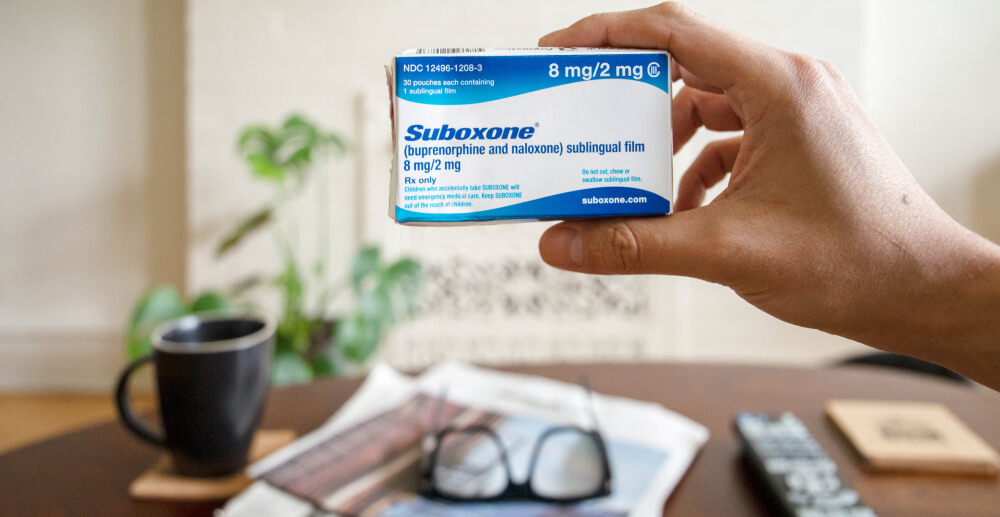It took me ten years to reach the peak of my addiction—and another ten years to get out. While quitting everything at once is an ideal way to get sober, we don’t live in an ideal world.
Content warning: This piece describes dangerous and/or triggering situations, including domestic violence, as experienced by the author.
For me, sobriety simply wasn’t an option at first. Eleven years ago, I was unemployable—a daily cocaine, Xanax, marijuana, and alcohol user with a similarly addicted spouse who abused me physically, mentally, and emotionally. One day, he broke my finger and dragged me around the house by the hair at the end of a three-day bender as we argued over the last bag of cocaine. I looked up at him from my kitchen floor, his foot on my stomach, his hand jerking my neck upward by the hair, my finger so swollen it would take a week to get my wedding ring off, and realized I was going to die. I kicked him square in the nuts and ran. And that is when my journey began, a journey that brings me to today, celebrating 15 months of full and continuous sobriety in my own apartment in West Hollywood, CA, with a rapidly growing career in comedy and writing. Below please find a five-step process for harm reducing your way to a life worth living, I call this slowbriety.
1. Seek Safety:
We start by getting to a place of relative safety. For me, daily cocaine use and/or my husband were the things that were going to kill me first, so those were the things I left behind with urgency. It is not to say that when I left that situation, that I never did cocaine or fell in love with an abuser again—but I never did cocaine on a daily basis again, and I never stayed with an abuser once I saw the signs again. Growth isn’t linear—and mine certainly wasn’t, but despite seasonal dips and apparent backslides, my trajectory kept moving forward toward a life I wanted to live.
2. Seek Stability:
I left my marriage and moved home, drinking whenever I could. After I moved out of my mother’s house, I lived in 8 different places that the first year. Drinking continuously prevented me from holding onto a job for very long. So that had to go. I began to work really hard on not drinking most of the time, and though I did have certain periods each year when I did drink, every year I spent more months not drinking than the one previously. I found a way to do what I never thought I was capable of previously—and learned to prioritize rent over everything.
3. Seek Support:
I went to 12 step meetings during my dry periods, even though I was still using marijuana and Adderall. While it wasn’t ideal, it helped me gain longer periods of time between drinks. Once I started drinking, it was only a matter of time before hard drugs and tears, which would usually snap me out of a binge. During this in-between period, I clung to 12 step meetings, and therapy as I began to see a light at the end of the tunnel. I wasn’t sober, but I wanted to be, and a complete restructuring of my life was taking place so slowly that I couldn’t even see it until later. Nobody does it alone.
4. Seek Internal Work:
The idea that you must wait until you achieve complete sobriety to work on yourself is a myth. Meditation, yoga, inner child work, intuitive healers, journaling, acupuncture, hypnosis, massage therapy, a commitment to eating clean as often as possible—you can begin these at any point in your slowbriety journey. At my very lowest, I couldn’t look myself in the mirror and say I love you without breaking down in tears. The more I used time-tested methods of internal work to improve my relationship with myself, the easier I found it to let go of the things that no longer served me. I began to experience inner peace that gave me glimpses into a future where I would not need even marijuana to manage my fears and anxieties. Meditation helped me learn how to feel the consciousness in my heart, and I began to feel a way I thought I only could while micro-dosing hallucinogens when I was on nothing at all. At first, I could only attribute these feelings to the drug they felt like, being so unused to feeling any positive emotion naturally. These were the seeds of my self-acceptance. Eventually, I got so used to living from my heart that when I smoked marijuana and it shot me straight into my head I didn’t enjoy it. Yes, that’s correct. I did so much internal work that I stopped enjoying the one drug I swore I would never live without.
5. Seek Progress:
First I got out of my marriage. Two years later I learned how to take care of myself, the basics of being self-reliant for food and shelter. Two years later I began trying very hard not to drink or use hard drugs, managing to only have brief periods of relapse per year. Two years after that I began the journey of internal work. About a year into that, I let go of Adderall, my progress starting to move faster as I let go of the rocks I was carrying one by one. I knew by letting go of Adderall it was the beginning of saying goodbye to marijuana. Without stimulants, I could barely function with the amount of pot I smoked. I managed a year with only two brief alcohol binges. And then I gave up marijuana for five months, and, when I could get up the drive again, I gave it up for another month. I kept doing all the things that were increasing my ability to love myself. Finally, I drank for what I knew would be the last time, November 4, 2018. Two and a half months later I said goodbye to marijuana for the final time. For the first eight months, I allowed myself to eat whatever I liked, disordered eating being an underlying issue since before I ever drank or used regularly. Then, I joined a gym and an eating program that tracks calories and encourages me to focus on eating less calorie-dense foods. I lost my sober weight.
Now, a relapse for me is a birthday cake cupcake from Sprinkles rather than a birthday spent boozing sprinkled with cocaine. I still vape nicotine, drink caffeine, and occasionally take CBD oil. And once I get comfortable eating well consistently, I will drop those rocks the way I dropped each rock before. There are risks to this process. There were times when I backslid and could have died; of alcohol poisoning, of driving drunk, of the four days I spent binging nitrous oxide the last time I decided to take a drink—but I didn’t. I was lucky enough to get sober, to get to a place where all the work I had been doing over the past eleven years, all the seeds that had been planted by therapists and rehabs and meetings and healers and sober support and my own higher self could really begin to come into play. I started to live a life beyond anything I believed I was capable of.
For anyone who is able to walk away from all of their maladaptive coping mechanisms at once, I think that is amazing. But it didn’t work that way for me. But this way, did. So for those of you out there who might find it more realistic to using harm reduction for a better life. I know you can do it. After all, the race is not always to the swift, but to those who keep running.








